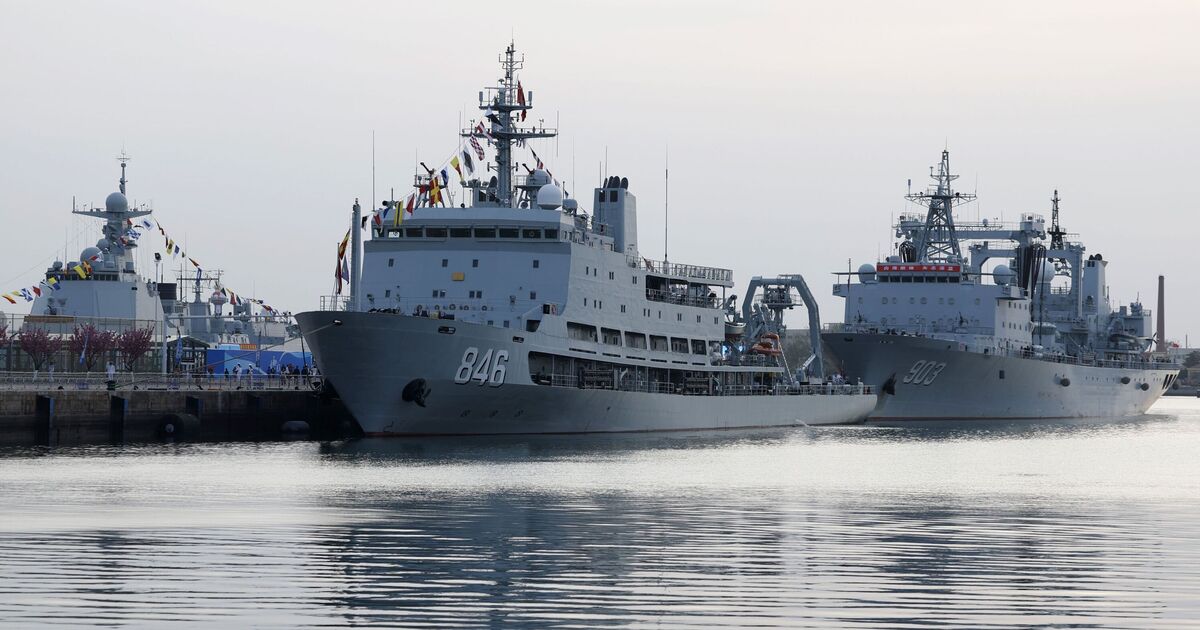In addition to fuelling concerns of the skirmish erupting into a full-blown conflict, tensions in the South China Sea have sparked concerns about the impact a regional war would have on international trade.
According to the United Nations Conference of Trade and Development, nearly a third of global maritime trade crosses the seaway every year – including around 40% of oil products.
The Center for Strategic and International Studies (CSIS) estimated over $3.6 trillion worth of goods travelled through the South China Sea, while other researchers put the figure at a whopping $5.3 trillion.
China, India and Japan heavily rely on the seaway to avoid major disruption to their trade not only with other Asian nations but the rest of the world as well.
With the world already grappling with ongoing attacks in the Red Sea, another crucial route that has been the backdrop for multiple Houthi attacks on international ships, chaos in the South China Sea would represent a further blow to global trade.
Should the tensions erupt into a clash, a shipping crisis would likely be behind the corner as maritime firms would likely reroute cargo ships – resulting in potential price hikes and delays.
In addition to cost increases in household goods because of potential shortages, disruption in the South China Sea could also cost several Asian ports a considerable loss of revenue.
The major point of concern posing the biggest threat to trade would be the Malacca Strait, which connects the South China Sea to the Andaman Sea and, subsequently, the Indian Ocean.
The 500-mile strait, nestled between the Indonesian island of Sumatra, Singapore, and the Malay peninsula, is only 1.7 miles wide at its narrowest point.
It is one of the world’s most significant shipping arteries, offering the most cost-effective and fastest route for transporting goods from the Middle East to East Asia.
China has taken steps such as building overland gas and oil routes and training its Navy to operate as a blue water force in response to these concerns.
Adding to the tension is India, which has been locked in a long-standing dispute with China over the control of Arunachal Pradesh.
New Delhi has voiced concerns about Beijing’s growing presence in key ports along the Indian Ocean and has bolstered its alliance with the United States, a significant player in the Indo-Pacific region.
India maintains territorial control over the Andaman and Nicobar Islands, strategically located at the mouth of the Malacca Strait.
These islands house Indian Navy bases, which Prime Minister Narendra Modi plans to develop into a larger military hub, enabling the deployment of forces to the strait if necessary.




Leave a Reply